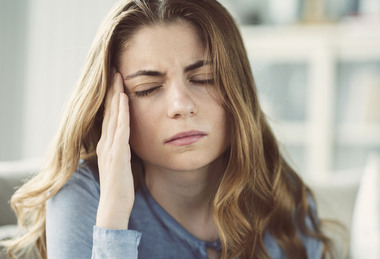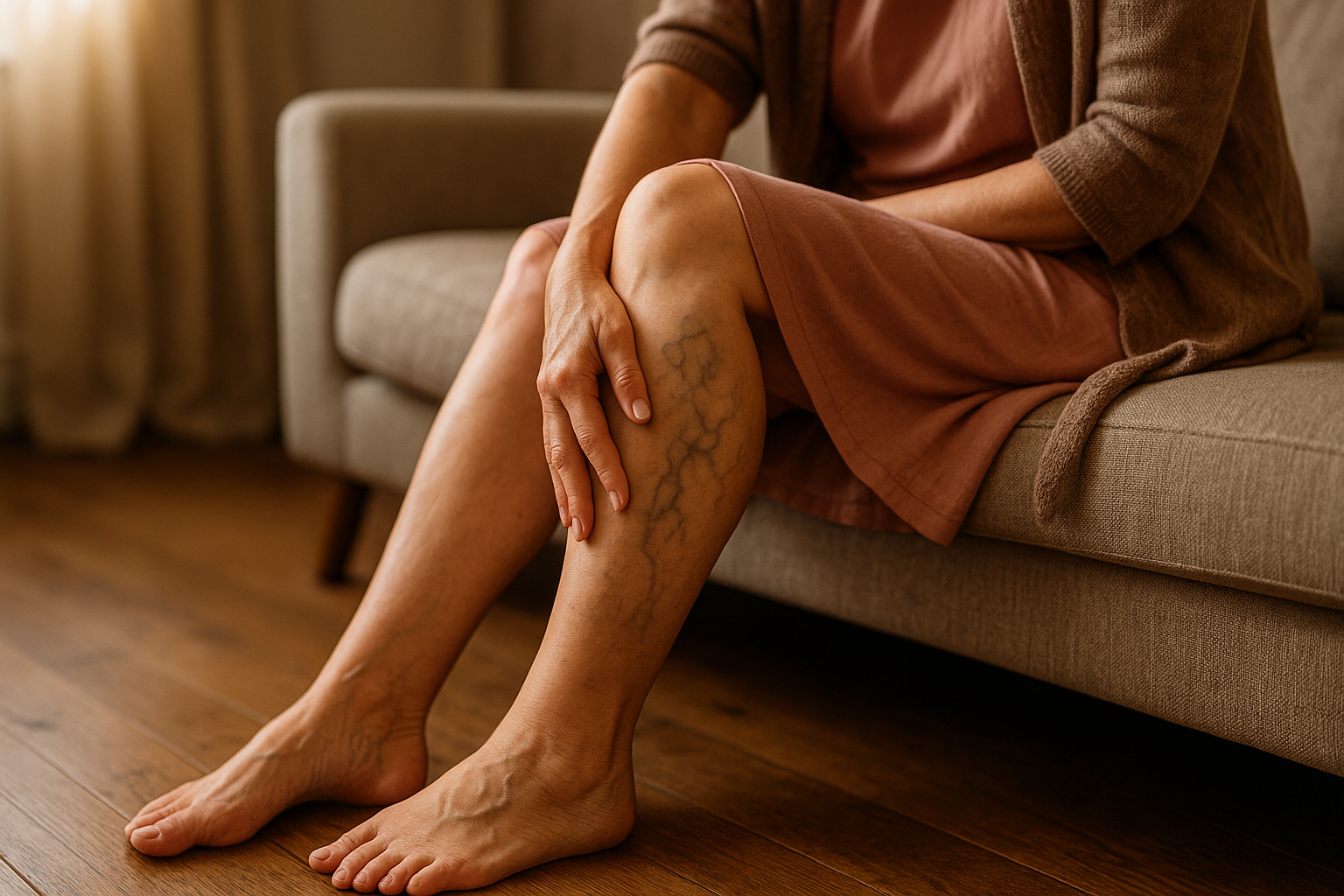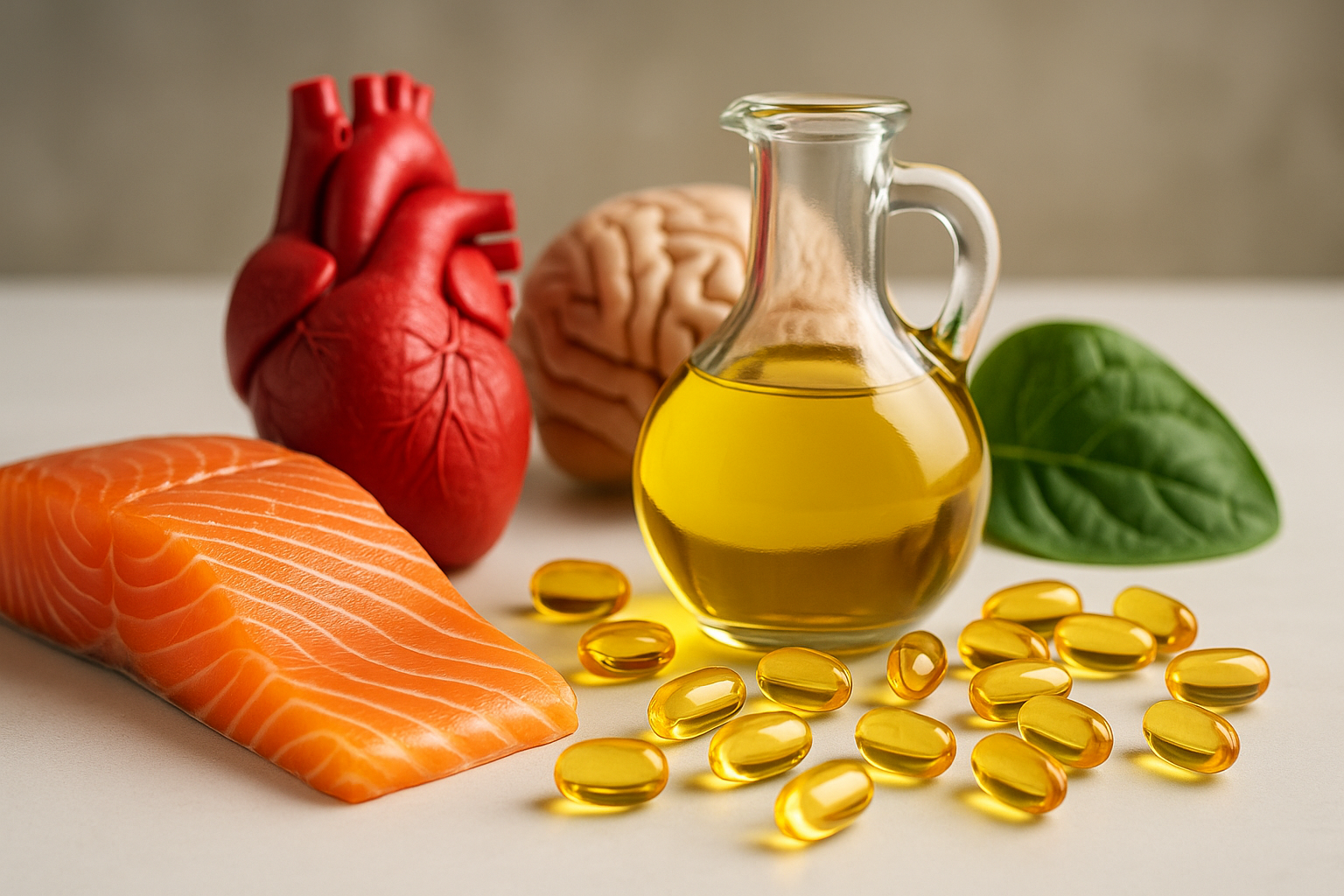
Headaches are one of the number one health problems worldwide. According to current figures, more than 54 million people, i.e. over 70 percent of the German population, suffer from occasional or chronic headaches. Due to the many different forms of headaches, the therapy is also very diverse. The focus should naturally be on herbal remedies.
Pressing, pounding or pulling, seizure-like or permanent: Today's medicine is aware of more than 250 different types of headache. In 2013, the third edition of the International Headache Classification was published in a beta version with 367 main diagnoses. Headaches are one of the number one health problems worldwide. According to current figures, more than 54 million people, i.e. over 70 percent of the German population, suffer from occasional or chronic headaches, reports Techniker Krankenkasse. The most common types are tension headache, migraine and cluster headache (primary headache) and medication headache and headache as a result of an illness (secondary headache).
The study "Migraine and tension headache in Germany", which appeared in the "Journal of Health Monitoring" and was published by the Robert Koch Institute, formulates further numerous worrying findings. In Germany, headache disorders are widespread among both women and men and usually lead to restrictions in the quality of life. The most common headache disorders are migraine and tension headache. [...] Using the diagnostic criteria of the International Classification of Headache Disorders, the frequency, duration, characteristics and accompanying symptoms of the headaches were surveyed. 57.5 % of women and 44.4 % of men in Germany report having been affected by headaches at least once within one year. 14.8% of women and 6.0% of men meet the complete criteria for migraine. 10.3% of women and 6.5% of men are affected by tension headaches." In addition, it says: "Migraine and tension headaches occur predominantly in working age and decrease steadily with age. Migraine is often accompanied by concomitant disorders such as depressive symptoms and anxiety disorders. The level of care for headache disorders is low."
Often stress, depression or anxiety are the triggers of headaches.
Due to the many different forms of headache, the therapy is also very diverse. In self-medication, various active substances are available, which are obtained herbally or synthetically. Of course, the focus should be on herbal remedies, because the following is true: "Painkillers used to treat acute headaches can lead to permanent headaches. For those affected, a vicious circle can develop: Out of fear of pain attacks, they often take painkillers on a daily basis or increase their dosage arbitrarily. This overuse can affect brain metabolism and lower the threshold at which a stimulus is perceived as pain. Stimuli previously assessed by the pain centre as normal, i.e. not painful, now lead to pain sensation and the headaches become chronic, i.e. the pain lasts for at least 15 days per month. In Germany, about 40 to 50 percent of all patients with chronic complaints are affected by this so-called medication headache," writes Techniker Krankenkasse.
By the way, stress, depression or anxiety are often the actual triggers. Tension headache often occurs in people who are overworked, consume alcohol too regularly, do not eat regularly or sleep too little. It is important to be examined before resorting to natural remedies, because in rare cases a headache can also hide a serious illness.
Essential oils can relieve pain and improve blood circulation
If there are no underlying organic causes, ginger, for example, can help: The root inhibits the synthesis of prostaglandin, a substance that leads to headaches. Taken as a tea, ginger has no side effects. Likewise, aromatherapy with various essential oils can provide relief. Essential oils can not only relieve pain, improve circulation and reduce stress, they also stimulate the immune system. They are boiled in water at a ratio of five millilitres to 250 millilitres and, after cooling, applied to the forehead and neck using damp cloths, where they should work for about half an hour.
Willow bark can also provide relief. The Egyptians already knew about the miraculous power and effect of willow bark in the fourth millennium before Christ. This is proven by archaeological findings. There in ancient Greece, Hippocrates of Kos described the valuable nutritional and physiological effects of an extract from the bark of willows around 400 BC. The well-known abbess and natural scientist Hildegard von Bingen (1098 to 1179) also recommended the extract to support physiological well-being. The herb women in the Middle Ages boiled up the willow bark and prepared a bitter brew which, in appropriately highly concentrated doses, is even said to have been used as a remedy to relieve pain and inflammation.
Motherwort is known for its effect against headaches and migraines
Incidentally, the ingredient salicin in willow bark is a component of an extremely well-known medicine. In 1859, Hermann Kolbe, a chemistry professor from Marburg, succeeded in extracting salicylic acid, which is still known today, from salicin, namely a natural active ingredient that even has medicinal effects in high doses. In 1897, the Bayer chemist Felix Hoffmann finally succeeded in synthetically producing this active ingredient in an appropriately high concentration for this purpose as an analgesic (acetylsalicylic acid). The name of this resulting product: Aspirin!
Motherwort is also known for its effect against headaches and migraines. The essential oils it contains have an anti-inflammatory and pain-relieving effect - this soothing tea can be drunk once or twice a day. Motherwort has a threefold effect against migraine: It acts specifically, exactly where migraine originates - in the blood vessels in the head. It inhibits the dilation of the blood vessels and prevents inflammatory processes that cause the pain. And the pain-relieving effect of peppermint oil has also been proven in several studies and is comparable to taking a painkiller.
It is very important to drink enough water. This means: always drink enough - about two litres a day are obligatory! Because if you don't drink enough water, you expose yourself to a variety of health risks. Headaches, nausea, dry mouth, thirst or even loss of appetite are just the beginning: lack of fluids also increases the risk of kidney stone disease, urinary tract infections or constipation. In addition, skin and mucous membranes dry out if the body is not supplied with enough water. Viruses and bacteria then enter the body more easily.
* This text may contain translation errors as the translation was performed by an online translation tool.










